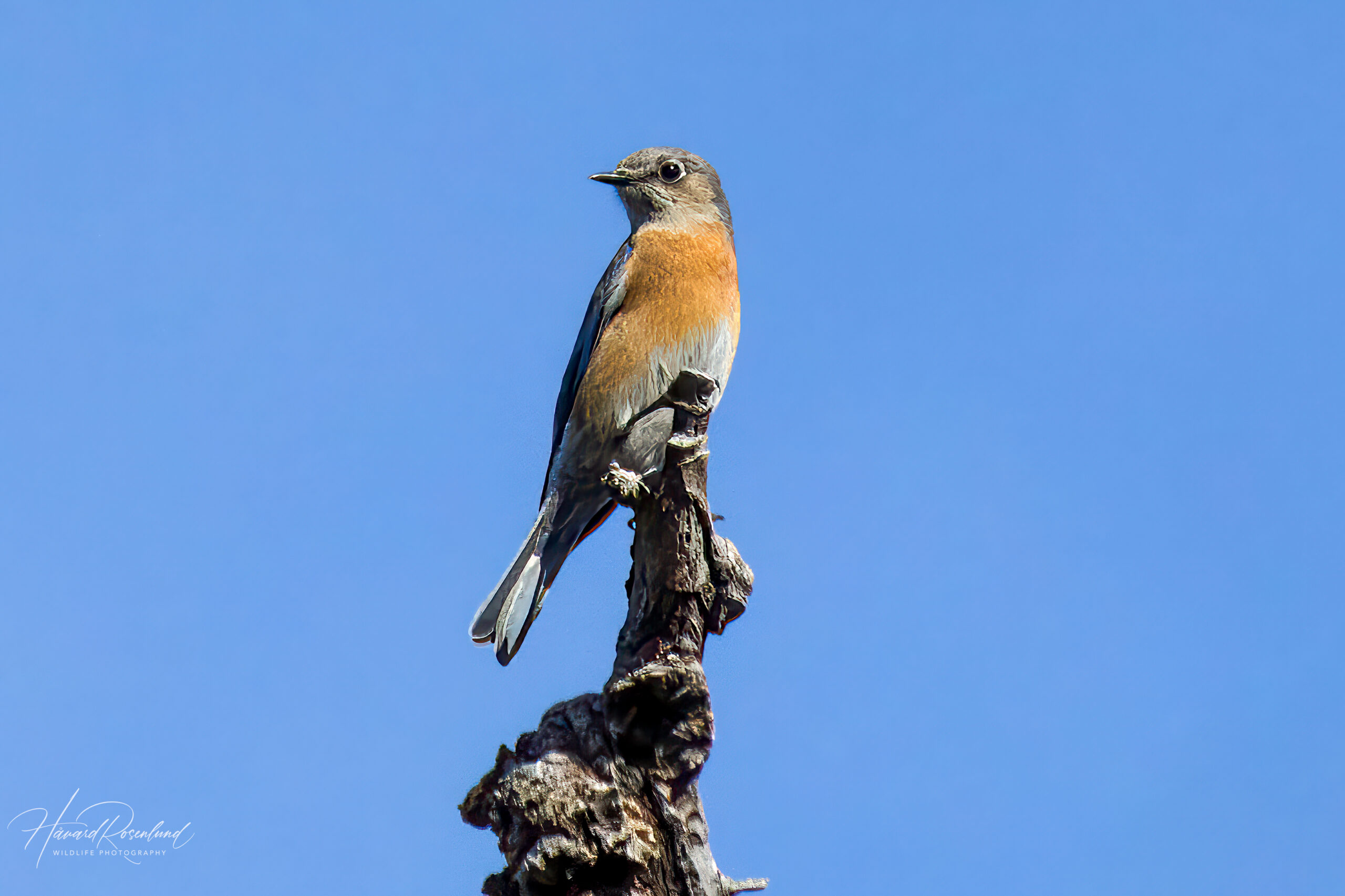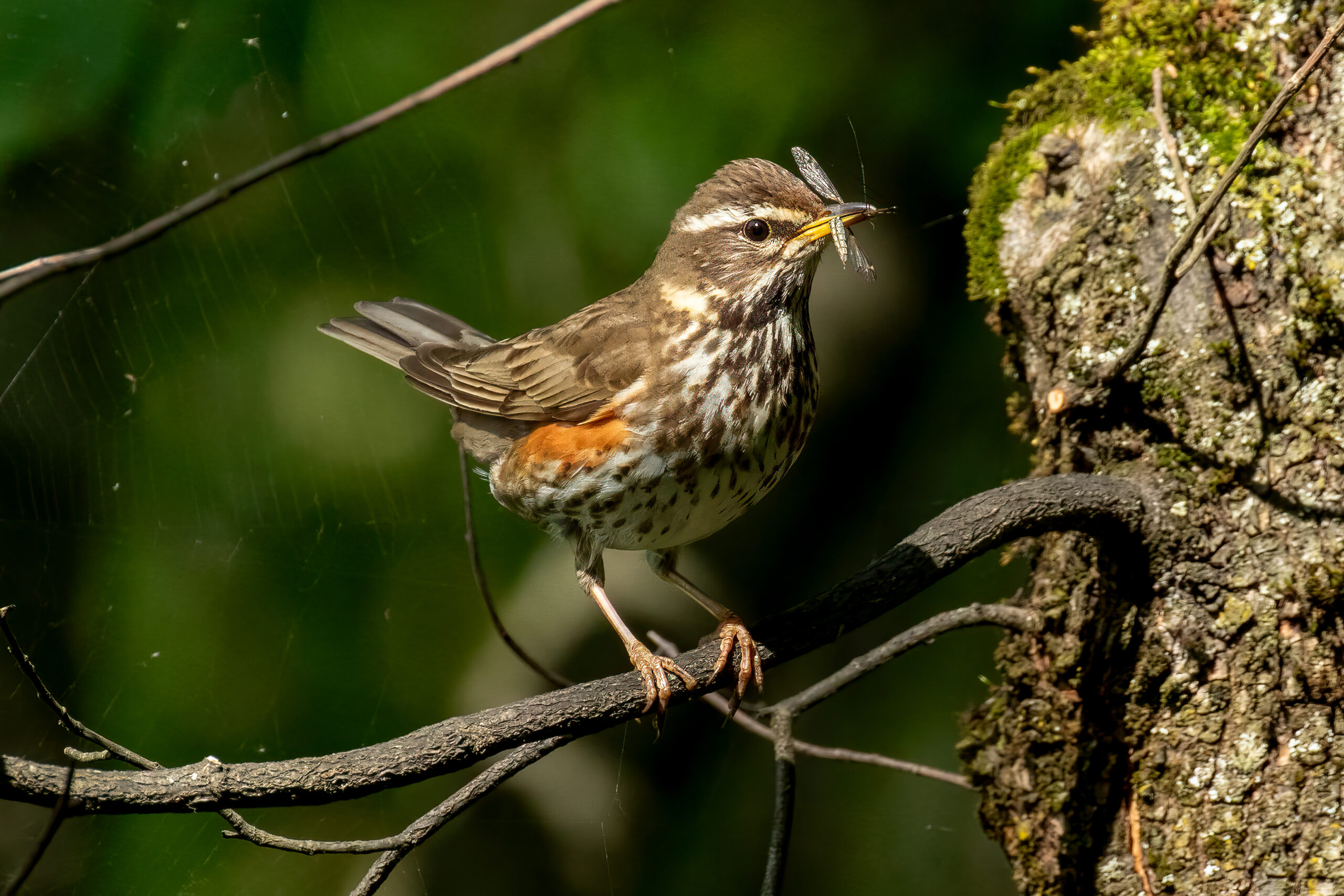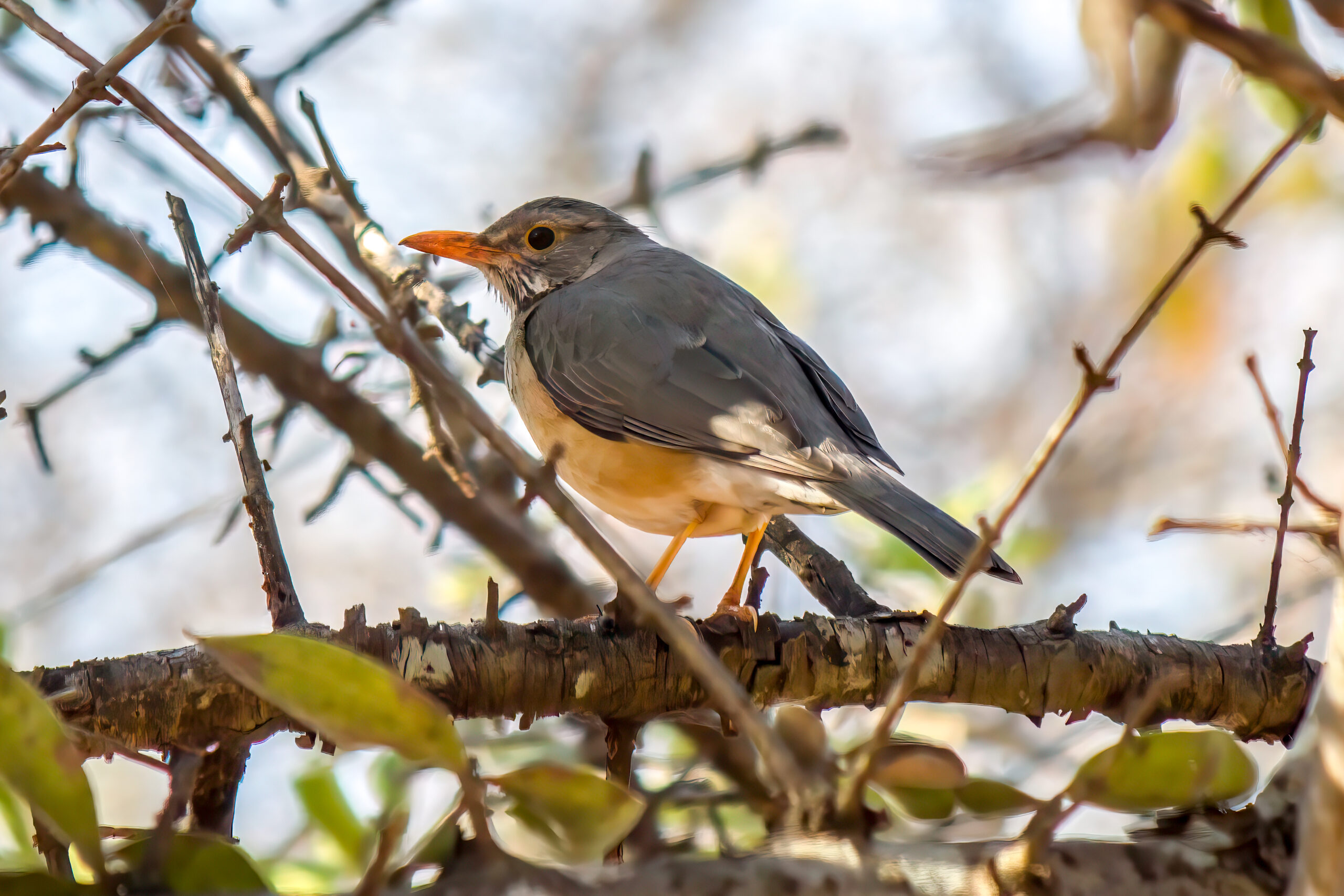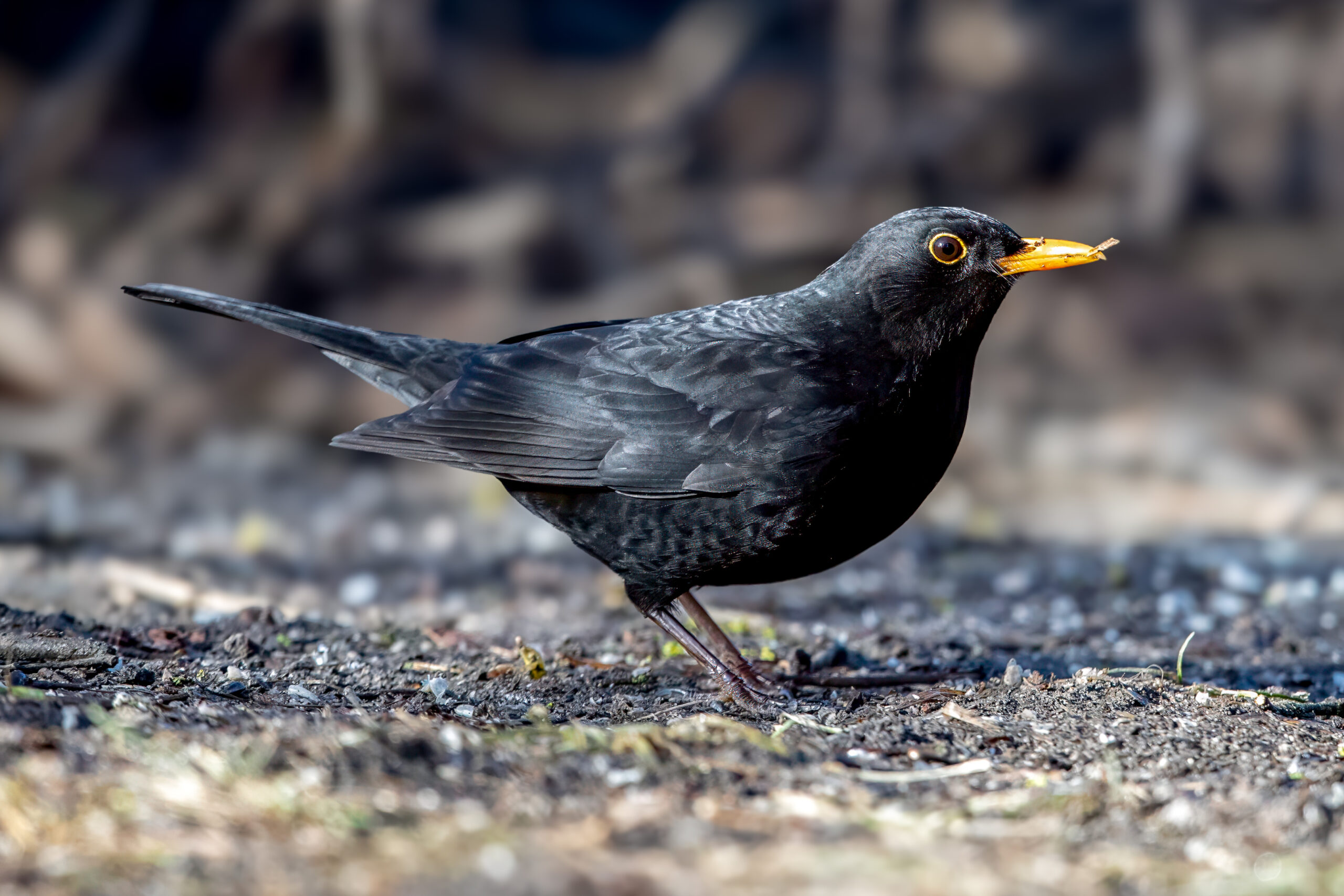Description
The western bluebird (Sialia mexicana) is a small thrush found from southwestern Canada through the western United States and into Mexico. It measures about 15-18 cm (6 to 7 inches) in length, and is characterized by its blue plumage and rusty or chestnut breast. Males are particularly striking with their deep blue upperparts and rusty underparts, while females are more subdued with greyish-blue wings, head, and tail and a duller orange-brown breast. This species is distinguished from the closely related eastern bluebird (Sialia sialis) primarily by its more vivid blue coloration and the absence of the white belly found in eastern bluebirds. The rusty coloration on the chest also expands into the throat region on the males of the eastern species.
Diet & habitat
Western bluebirds inhabit a variety of habitats, including open coniferous and deciduous forests, as well as mixed woodland areas, often where open fields or grasslands are nearby. They are commonly found at elevations up to 2,700 meters (9,000 feet). Their diet primarily consists of insects and berries. During the breeding season, they feed extensively on insects, including beetles, grasshoppers, and caterpillars, caught by either foraging on the ground or catching them in flight in a behavior known as “hawking.” In the winter months, they rely more on berries and fruit, such as mistletoe, juniper, and elderberry.
Nesting
The breeding season for the western bluebird typically starts in early spring. These birds are cavity nesters, often using old woodpecker holes or artificial nest boxes. The female is responsible for constructing the nest, which is made of grass, feathers, and hair. She will lay between 4 to 6 pale blue or, occasionally, white eggs per clutch. The incubation period lasts about 14 to 17 days, primarily undertaken by the female, while the male provides food. Once hatched, both parents feed the nestlings. Non-breeding offspring from previous broods often help feed the young, a behavior known as cooperative breeding. The young are ready to fledge about 18 to 21 days after hatching but may remain with the parents, forming family groups that feed together through the summer. Western bluebirds may have two or even three broods in a single season, especially in warmer parts of their range.
Status
The western bluebird is numerous and has a widespread range. However, their populations have faced challenges from habitat loss and competition for nesting sites with invasive species such as the European starling (Sturnus vulgaris) and house sparrow (Passer domesticus). Conservation efforts, including the provision of artificial nesting boxes, have helped in some areas to stabilize and even increase local populations. It is listed as least concern on the IUCN Red List.







